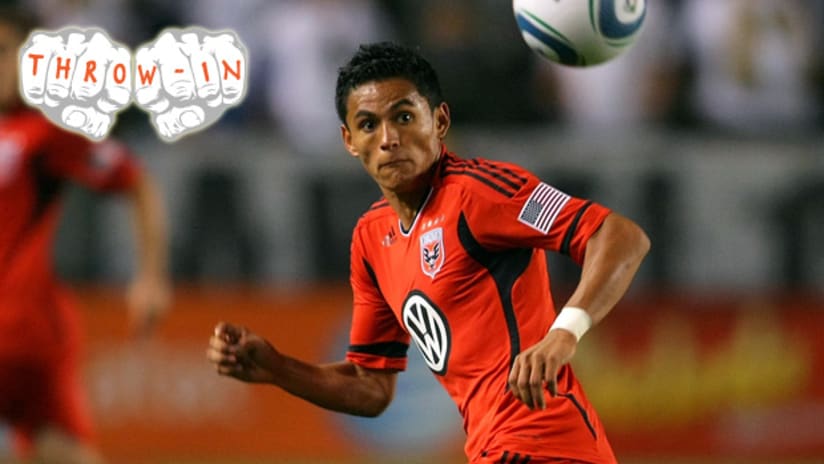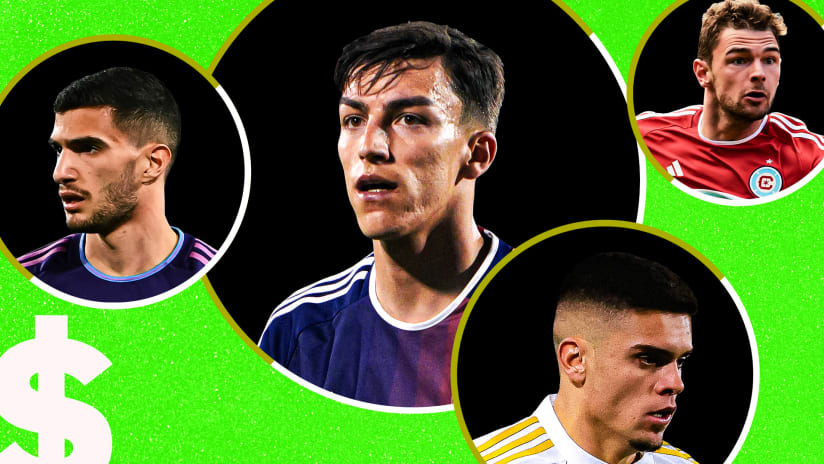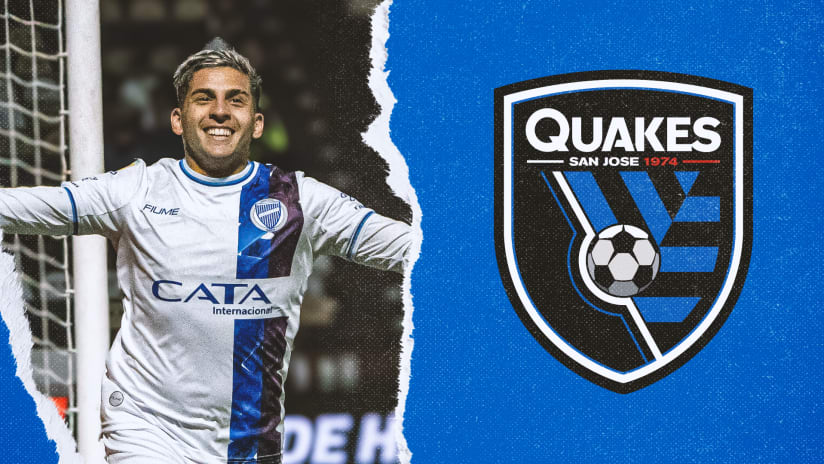Too much, too soon. Sadly, that evaluation has been bestowed upon so many American soccer players in recent years that it’s hard to see how any young would-be star will ever get a fair shake.
I had just wrapped up a TV appearance on a San Francisco Bay Area sports-talk show last week when I got into a fun discussion with a well-known local pundit on Jozy Altidore.
“I just don’t see it,” said the pundit of the 21-year-old striker. “He’s never going to be the answer for the US at forward. Playing in the Dutch league is a step backwards for him.”
I can’t count how many times I’ve had this conversation with dozens of fans and media types alike. Jozy peaked too soon, they say. He’s not the goal-scoring threat we thought he was. He’s not the answer.
A 21-year-old, apparently, has plateaued. That’s a pretty huge leap, and it’s a pretty damning sentence to pass on a young player who hasn’t even hit what should be the peak years of his abilities.
What’s working against Altidore is his past. For many dedicated fans, the second they see Jozy put on that US national team kit, they still see that 16-year-old who announced his arrival into the professional ranks five summers ago with a bang, scoring some crucial goals for the New York Red Bulls during their stretch run to the playoffs.
FLASHBACK: Altidore's first goal in MLS

He was a man child whose teen frame was surprisingly large, and whose blend of strength, skill and fun-loving personality made him an immediate fan favorite. He was also saddled with expectations, too. That’s why, when Spanish club Villarreal came calling with $10 million to wave in MLS’ face, he was expected to be a breakthrough in Europe.
We all know what came next. Altidore had some early success in Spain with a couple of goals, but he never made the first team at Villarreal. He spent the next three seasons bouncing around Europe on loan from club to club, and could never really establish himself.
The contract became his albatross until AZ Alkmaar picked him up this summer. Now he’s in a system that could help him continue his development, and become the impactful player that most of us hoped he could be.
But that’s not enough for a lot of people. They want the player who showed such potential in MLS as a teenager, not the guy who couldn’t seem to find a stable situation in Europe and who supposedly isn’t panning out.
This is a pattern that has repeated itself far too often. Any young American player who shows some early promise gets saddled with expectations, often impossibly high. We’re all looking for “the one” — and when it doesn’t work out that way, all that early excitement turns to disappointment.
It happened to Freddy Adu. Even to Landon Donovan. And they both admit the same thing: They weren’t ready for the pressures of Europe. Maybe they had the soccer skills to compete, but emotionally, maturity-wise and intelligence-wise, the chasm was tough to bridge. They were competing in places where the game had more than a century of history, where the mentality was completely different to what they were used to.
Imagine what would have happened to guys like Carlos Bocanegra, Clint Dempsey or Stuart Holden if they had left MLS in their early 20s. Would they have been able to handle the pressure as well as they did? It’s debatable if they still would have evolved into such key players for their respective teams.
Is this an indictment of the American system? No, not as such. But the playing field is clearly not the same yet. And for mere teenagers, the adjustment is often too drastic for a young player to handle well. But this also speaks for that desire within everyone associated with the game in the US to see us evolve, to see us supply our own Lionel Messi to the world and to take that quantum leap forward.
And we can’t do that to our kids. We’ve been taught this lesson many times, that maybe we shouldn’t be so quick to ferry our young starlets into the system and expect they’ll adapt seamlessly. For MLS, it’s even tougher — the league wants to see its young stars excel, but where do you draw a hard line on a young player when some European club comes waving seven, even eight figures to whisk him away?
Maybe MLS is learning this lesson. Maybe this is why Juan Agudelo will remain in the league for a little while longer. This is why Brek Shea has been given the room and space to continue to grow and why, at age 21, is showing all the measured promise in the world. This is why, hopefully, other teenage talent like Andy Najar, Luis Guil, Omar Salgado, Joao Plata and Fabián Castillo will stick around.
And hopefully, as we continue to cultivate our young talent, we’ll let them grow up in an environment where the pressure won’t crush them. Naturally, they’ll have to keep proving to us why we’ve hyped them up so much in the first place.
But no young player should ever have to hear they’ve hit their peak. That is what’s too much, too soon.
Jonah Freedman is the managing editor of MLSsoccer.com. "The Throw-In" appears every Thursday.












